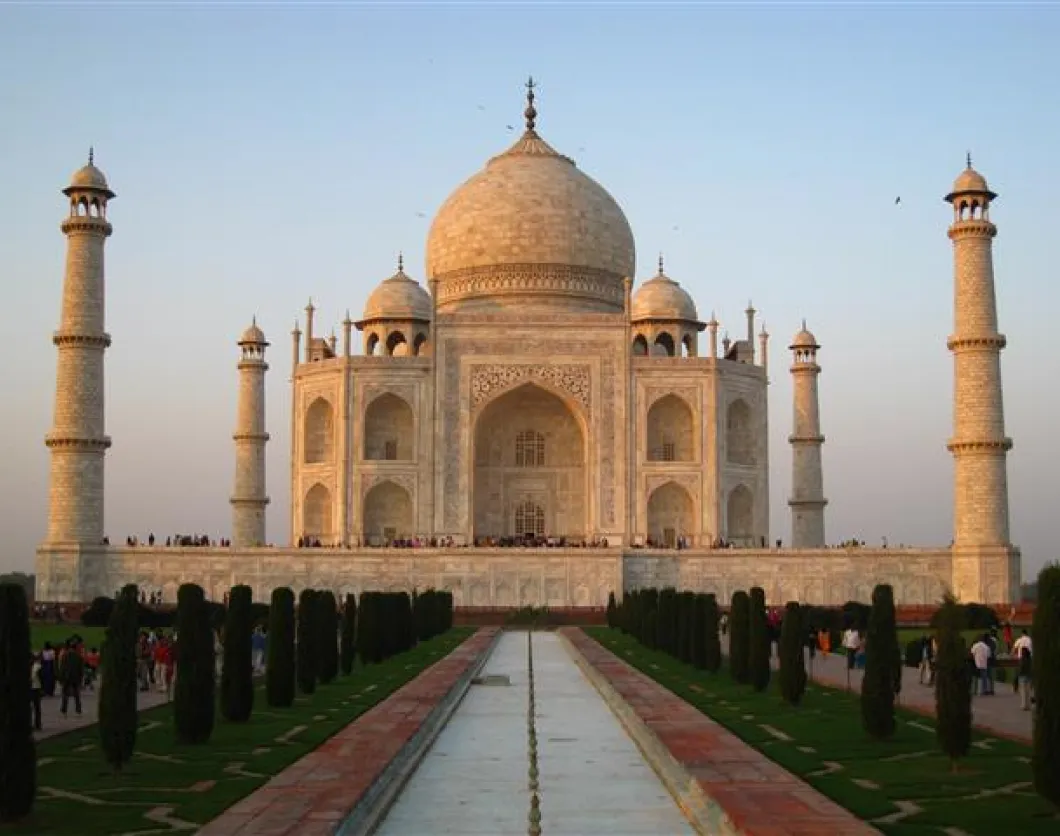India's tourism ministry should be celebrating the fact that total foreign tourists numbers were up in 2014, by around 10%, but this is soured by the fact that numbers of foreign females traveling to India are down from 41.2% to 40.8%. This may not seem like a massive decline and optimistic officials might look at the rise in female travelers from the US, UK and Sri Lanka in 2014 as positive growth.
However, there are still markets in decline – such as Germany and Russia – and the security of female travelers is an issue that persists. The problem, understandably, stems from the 2012 gang rape that made headlines across the world and the general fear that women now feel about their safety as travelers in the country.
Officials claim they want to make India safer for foreign women so how are they going to do it? As the reputation of the country as a secure, welcoming tourist destination for women continues to be under threat three years after these infamous attacks, it is clear that India cannot ignore the issue and wait for things to improve by themselves.
Recent measures, such as advising women on how to dress in certain areas of India, is an approach that means well but arguably places the responsibility on the visiting woman not the hosts. GPS sim cards to arriving travelers and a greater use of multilingual signs could go further to helping women feel more at home and comfortable when they are alone, but there has to be more.
Thankfully, the Indian government does seem to be taking this issue seriously and Union Minister of Culture and Tourism Shripad Yesso Naik said that the security of women tourists is a “top priority for the government, as are improving travel conditions and services”. At the moment, the ideas are all a little vague; they appreciate that more has to be done and they are looking into new measures but there is little that is more specific than improving guidelines and taking advantage of technology. The exception to the rule is the current initiative to set up a 24/7 hotline in ten international languages to look after those that “know little about India or don't know Indian languages”.
Will this help to reverse those declines in female visitor numbers? The basic plan seems to be to break down a few of the barriers that may have been holding travelers back and that make India seem a little inaccessible to the Western tourists that are unfamiliar with the culture and language. These ideas are great for tourists in general and it is also encouraging to see the use of tech and hotlines for those in need of someone to contact but there is still the sense that it is about making all visitors more comfortable than addressing that distinct issue of female security that still holds certain groups of women back from traveling to India. Making the issue a “top priority” is great; turning that into clear measures for female safety and increased numbers of foreign female travelers is the next challenge.











